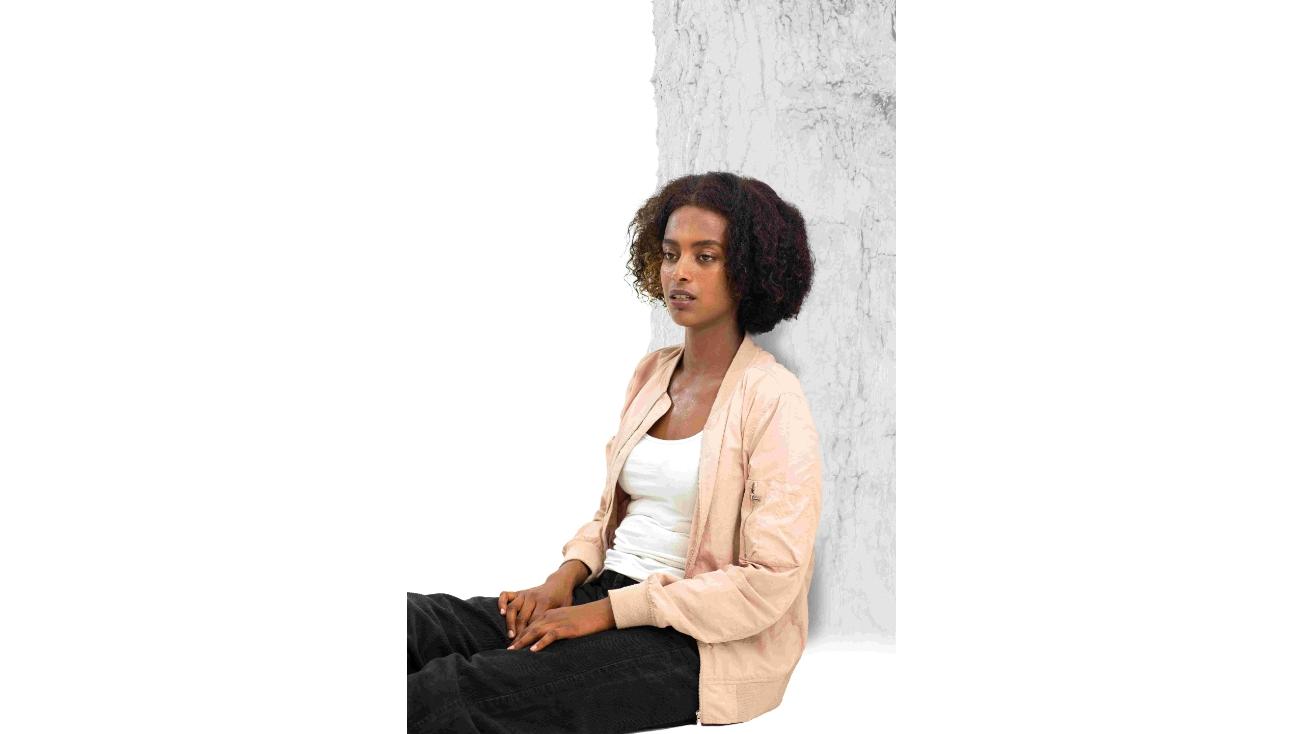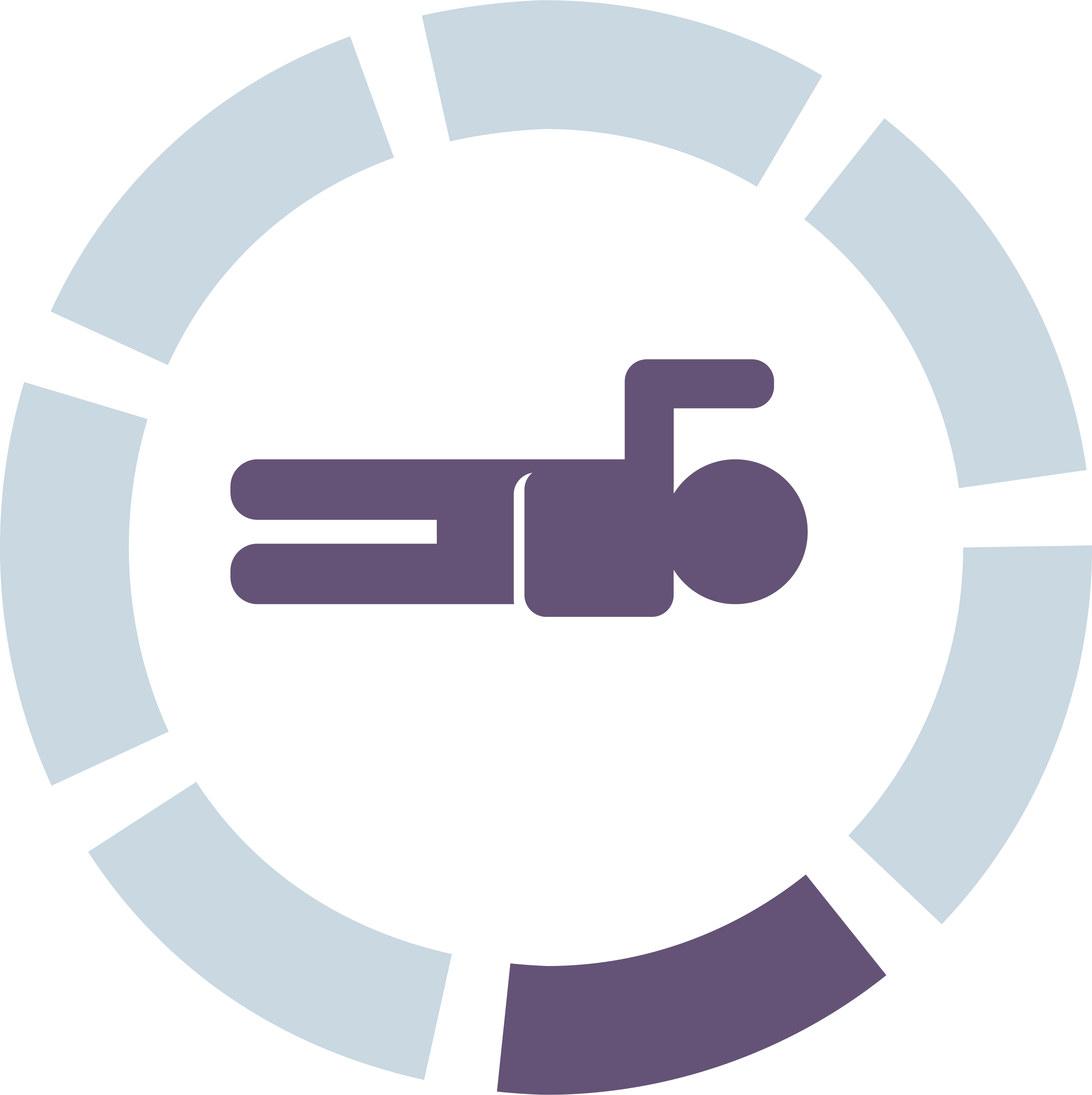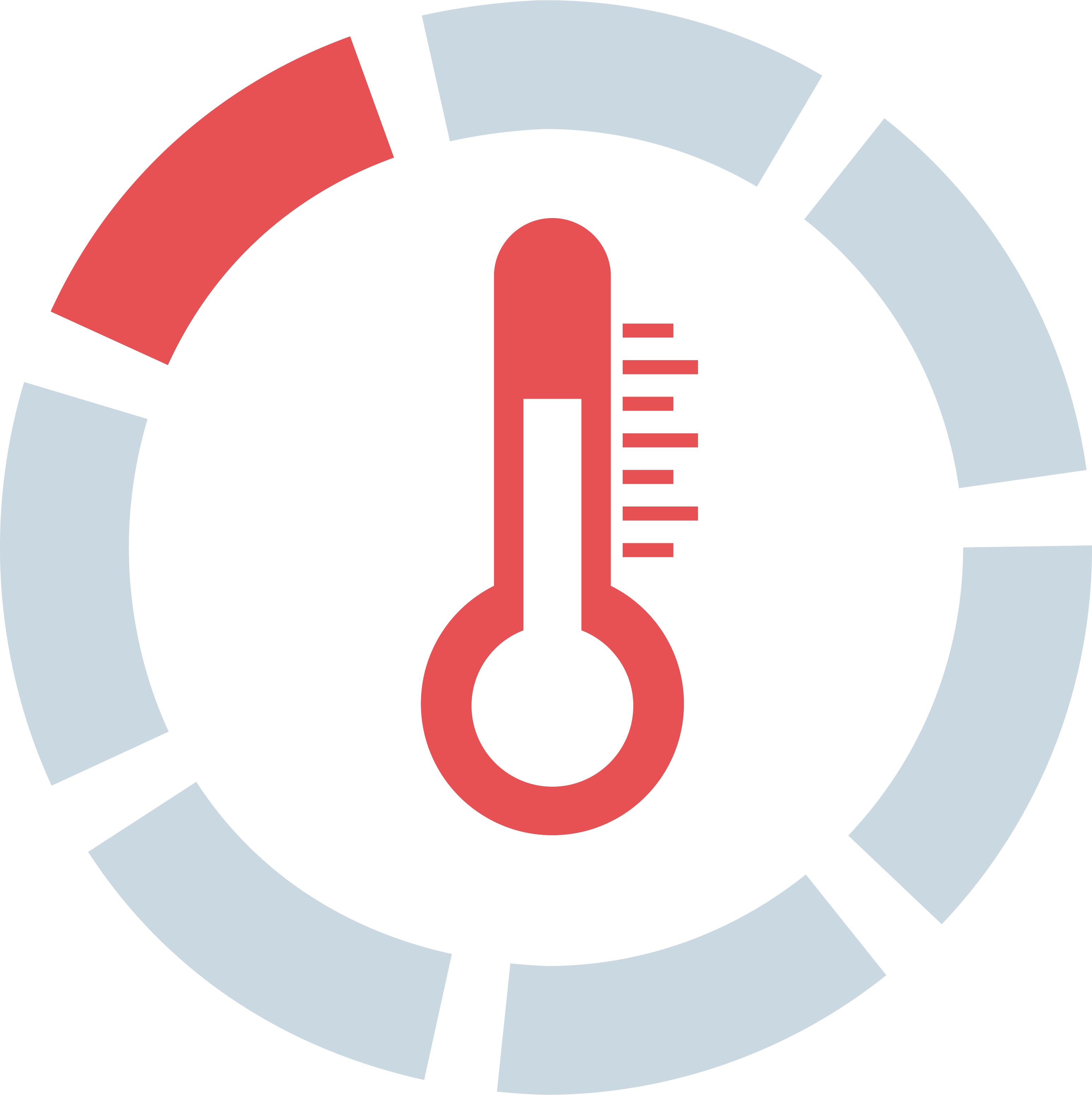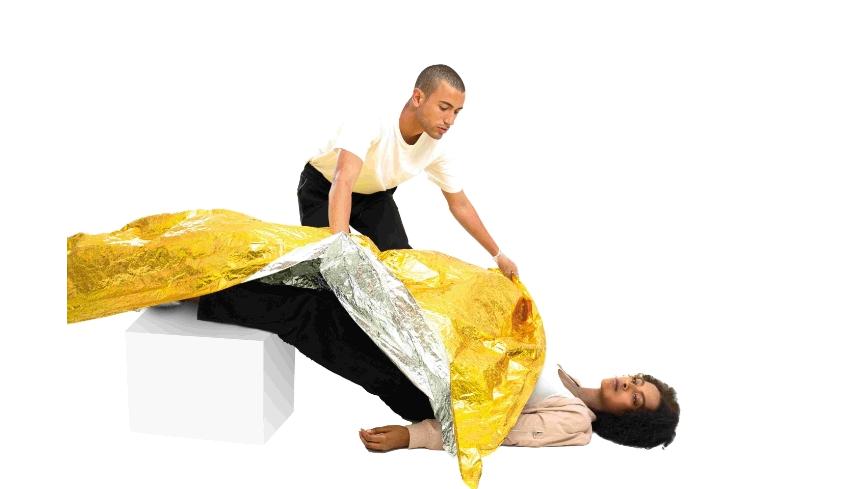
HEAT EXHAUSTION

Goal of first aid:
Mitigate symptoms, rehydrate to compensate for fluid loss, and promote blood flow to vital organs in the body's core.

SAFETY FIRST






Personal protection: Is there a dangerous situation? Would it make sense to move to a different location?
Gloves: Protect yourself and others: put on disposable gloves.


CONDITION CHECKING





See: Sweating, inappropriately warm clothing.
Hear: Complaints of fatigue, headache or nauseous.
Feel: Clammy skin.



CALLING FOR HELP




Emergency call 112: Make an emergency call.
The 5 W questions:
Where did the accident happen?
What happened?
How many people are affected?
What injuries?
Wait for further questions!
Use speakerphone: Turn on your phone’s speaker to keep your hands free.
Do not hang up: End the call only when the control center tells you to.
Involve bystanders: Ask for drinks that contain minerals.
Report condition changes: Inform the control center if the person's condition changes.




POSITIONING



Shock position: In case of paleness, clammy skin, or drowsiness, lay the person on their back with their legs elevated.





WOUND DRESSING


As needed: If injuries are present, dress them accordingly.






COMFORTING

Hydrate: If the person is fully conscious, offer electrolyte drinks.
Listen: Listen actively, respond to their fears and worries, and show that you're there for them.
Don't leave: Stay with the person. Your presence and kind, encouraging words can help.







TEMPERATURE MANAGEMENT
Prevent heat loss: Place a jacket or emergency blanket around the person.


